How to Grow a Succulent Garden and The Best Plants to Use
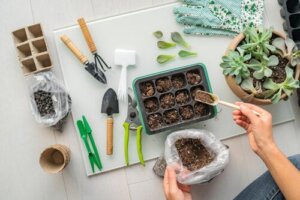
If you love succulents, then you have to read this article about the best species to make a beautiful and varied succulent garden! By following our recommendations, you can enjoy an indoor or outdoor succulent garden.
The best of all is that since succulents are very resistant plants that hold water in their structures, caring for your garden will be very easy. Thus, you will be able to enjoy it without the need to spend a lot of time on it!
Read on to find out which are the best species to create your succulent garden.
The best species for an outdoor succulent garden
Let’s start by detailing the best succulent species to put together an outdoor garden. In this case, we will focus on those that are a little more resistant to climate changes and that can adapt better to different climates.
The only thing you must take into account is that the soil of your garden allows good drainage so that water runs without stagnating, as this can spoil your plants. So, these are the succulents you should think about including in your garden.
Sedum
Sedum are a variety of very hardy and beautiful succulents whose appeal lies in their color. Their fleshy, rounded-tipped, reddish leaves are a dark shade of green, while their starry flowers are yellow. It is precisely the combination that makes them so desirable.
These plants are ideal for your outdoor succulent garden because they’re a perennial species that’s very easy to care for and easily adaptable.
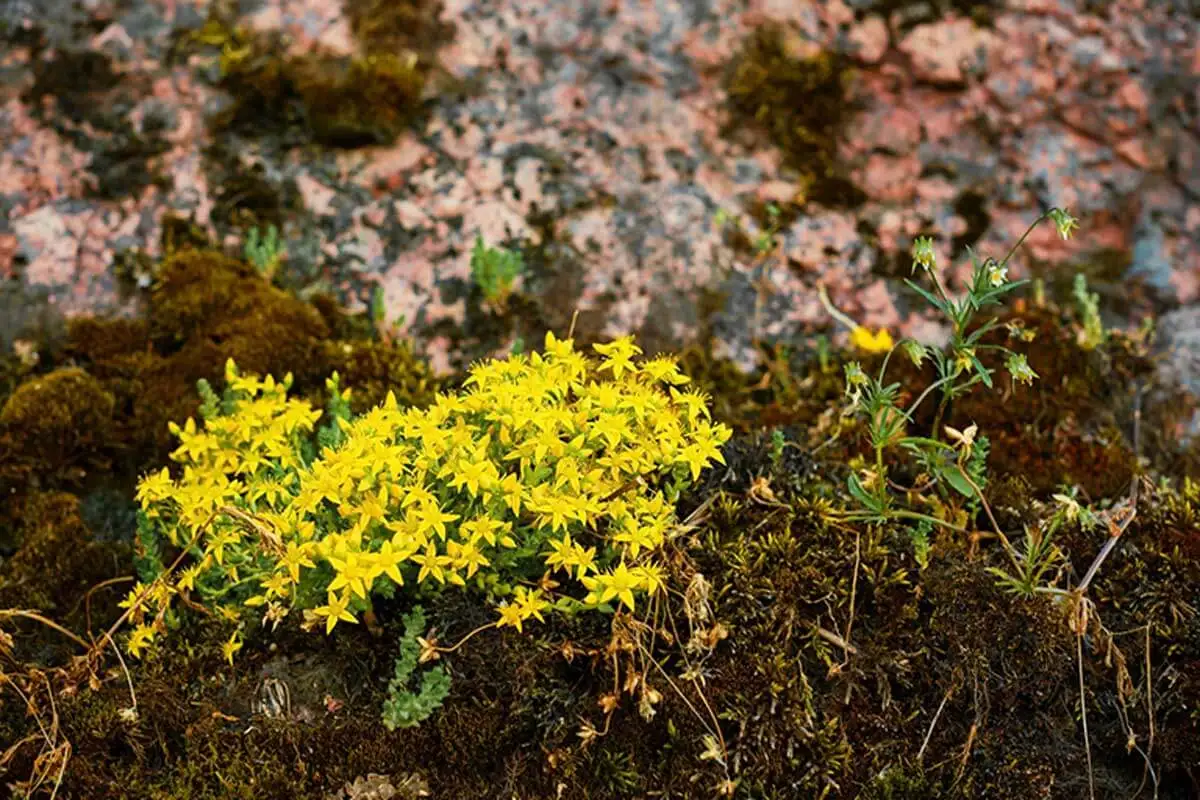
Sempervivum
Sempervivum succulents are another sought-after species for outdoors because their shapes are so lovely. Their name is Latin and means “ever-living”, which lets us understand that they are hardy plants, ideal for outdoors.
However, there is something you should know about these plants. Although they are very strong when they grow, once they bloom, they die… but not before leaving a good amount of shoots that will give life to your succulent garden. In fact, their name has to do with their ability to reproduce and always be alive, even if they die after flowering.
They are ideal for outdoors because they are not demanding at all. They also grow very well in any soil. Furthermore, they have even been seen adhering to cracks and walls that are poor in terms of nutrients.
Find out more: Are Cacti and Succulents the Same Thing?
Kalanchoe
Kalanchoes are very durable succulents, with Kalanchoe blossfeldiana being one of the most popular. Although they do very well indoors and outdoors, this is one of the best species to have outdoors because it’s cold-weather resistant. Additionally, it requires good exposure to light.
One of its greatest attractions is its flowers, which come out at the end of winter and the beginning of spring. They are small, but in pink tones that make them very showy. Although there are also yellow, white, red, and orange flowers.
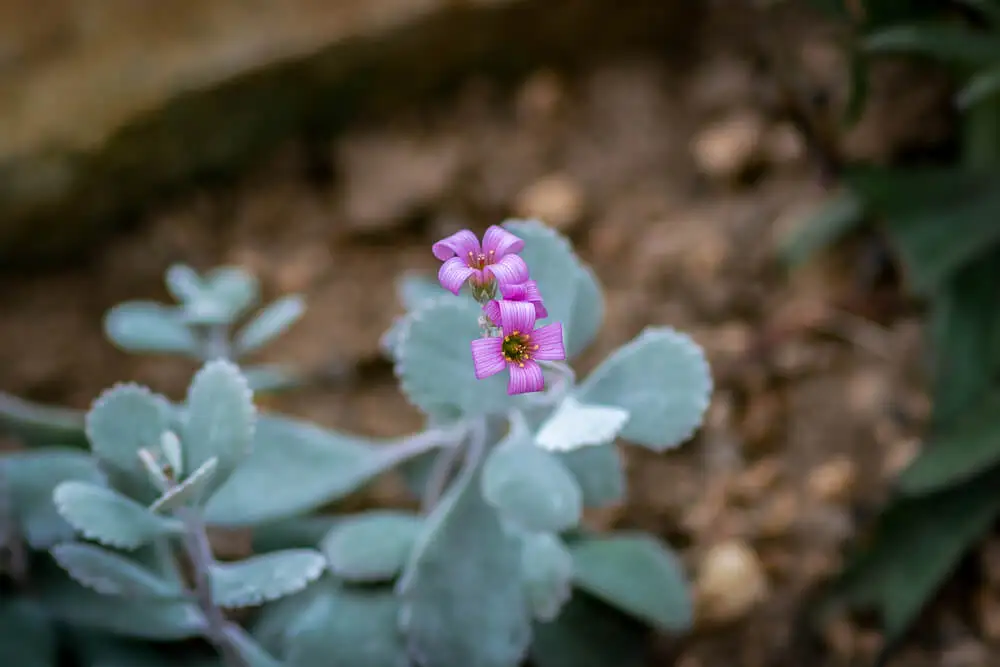
Aeoniums
Aeoniums have elongated leaves that grow from a thick stem as a base. They are very pretty, as they are usually green with reddish tones.
The care required is basic: continuous watering in the summer and slow watering in the winter. You will notice that in very hot seasons their leaves curl, and this happens because they lose water quickly. Therefore, it’s necessary to provide them with enough humidity during the heat. On the contrary, in winter, water them only when the soil is dry.
Aloe vera
Aloe vera is one of the most resistant succulents you can find. For this reason, we often see them very often in outdoor gardens. It’s very desirable because it grows a lot and blooms as an exotic beauty with spikes on its leaves.
However, its greatest attraction lies in the medicinal properties attributed to the gel contained in its leaves. Scientific publications point out that it’s even suitable to improve skin burns. In fact, it can be used in cosmetics and pharmacological creams.
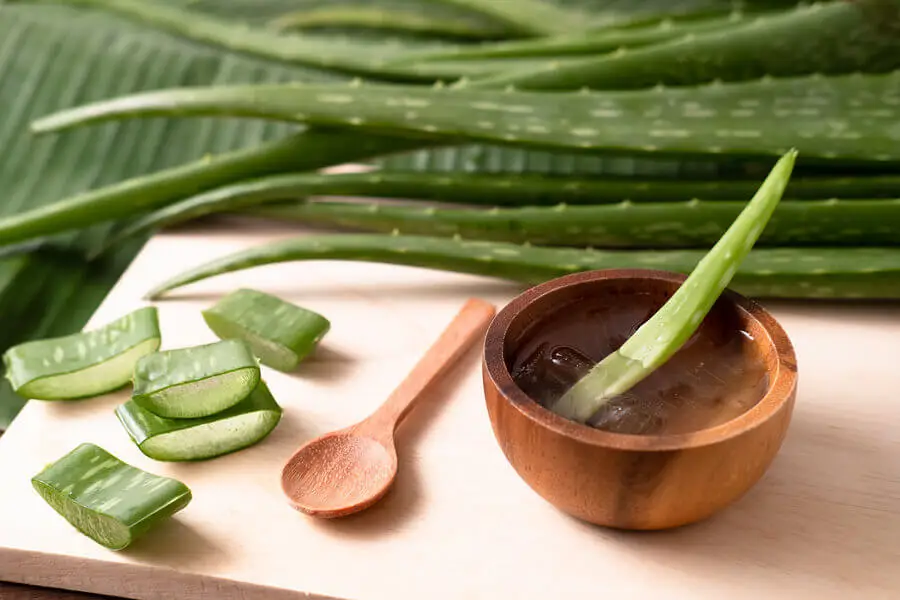
The ideal succulents for an indoor garden
If you want to create an indoor garden of succulents, we are going to tell you which are the best species for this case. You could use some of the ones we mentioned in the previous section, but here are some different options, as well.
So, if you prefer to have indoor and outdoor succulent gardens at the same time, you will have the luxury of having different specimens in each place. Here are our most recommended succulents for an indoor garden!
Cacti
Cacti have earned the position of fashionable plants. There are some that bloom and do so in the fall when these spiky little guys are more tender than ever.
They are very hardy and can live for several years with proper care. The best area of the house to put a succulent garden with these species is where they get a good amount of sunlight. They require moderate watering and a substrate that allows water to drain well.

The Tree of Plenty is great for a succulent garden
The tree of plenty or jade is a large succulent. For this reason, it’s also known as an elephant bush.
For it to thrive, it should be in an area where it receives plenty of sunlight, but not direct sunlight if there are windows. Under the magnifying effect that occurs through the glass, its leaves can burn.
Watering is done every two weeks and should be spaced more during the winter. So it is very easy to take care of.
Lithops
The lithops or living stones are another type of cactus native to Southern Africa. Its name comes from its appearance, as they really look like stones.
This plant is composed of two leaves with a groove in the middle, where its flowers are born, similar to daisies. It’s ideal to have it in an indoor succulent garden because it’s small but very striking.
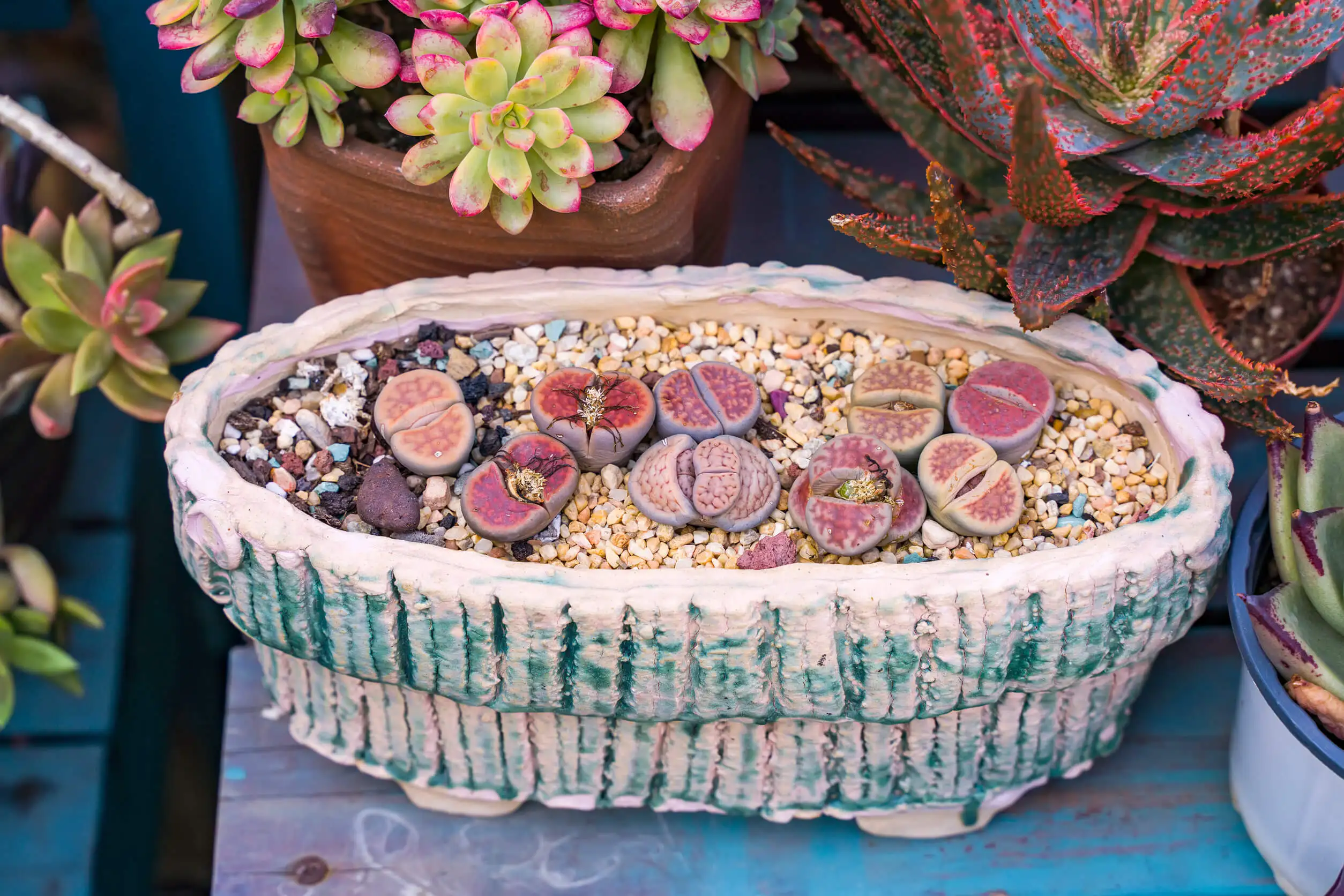
Donkey’s tail
The donkey’s tail is a succulent that belongs to the sedum family and is ideal when it comes to a hanging garden. This is because its stems grow downward.
This native of Mexico and Honduras has grayish-green leaves that bloom pink between spring and summer. They do not tolerate direct sunlight very well.
A step-by-step guide to making your beautiful succulent garden
Making a succulent garden is easier than you might imagine. After determining if you want it indoors or outdoors, you must follow these steps:
- Prepare the soil: Guarantee the light conditions required by the species you have chosen and check that the substrate allows good drainage. Aerate the soil by stirring it deeply and add perlite and coconut fiber.
- Plant your succulents: Remember that these plants don’t usually have very deep roots, so when you plant them, do not cover them too much. The recommended depth is between 5 and 7 centimeters.
- Make a design: Play with sizes and shapes to make your garden look aesthetic and beautiful. It’s recommended to consider the height of the succulents, leaving the tallest ones in the middle and planting the surrounding others.
- Add pebbles or stones: These will help drain water and will serve to line and decorate the areas of your succulent garden.
- Water according to the plants’ needs: As you can see, succulents don’t require constant watering, but there may be differences between species. The best thing to do is to make your garden as similar as possible in this regard and establish a schedule so that you don’t overwater, but don’t forget to do so either.
Enjoy your succulent garden!
We hope this guide on how to create a succulent garden and which are the best species for indoor and outdoor spaces will be very useful. The main idea is to have fun and watch your plants grow beautifully and give you their flowers as payment for your care.
All cited sources were thoroughly reviewed by our team to ensure their quality, reliability, currency, and validity. The bibliography of this article was considered reliable and of academic or scientific accuracy.
- R.N. Domínguez-Fernández y col./ Revista Mexicana de Ingeniería Química, Vol. 11, No. 1 (2012) 23-43.
This text is provided for informational purposes only and does not replace consultation with a professional. If in doubt, consult your specialist.








